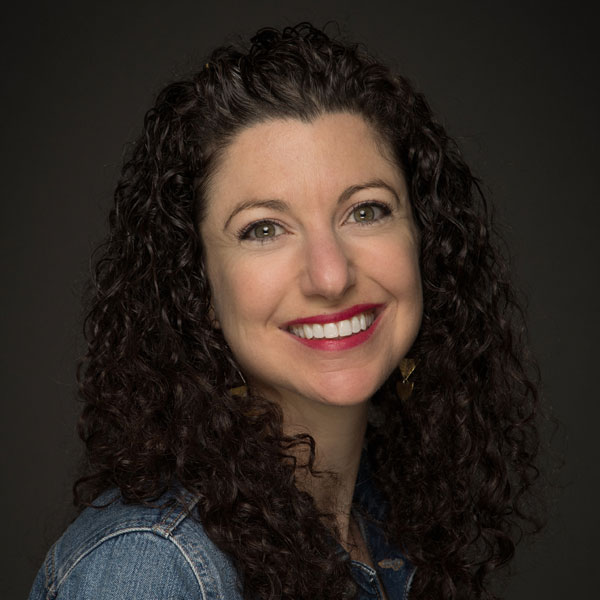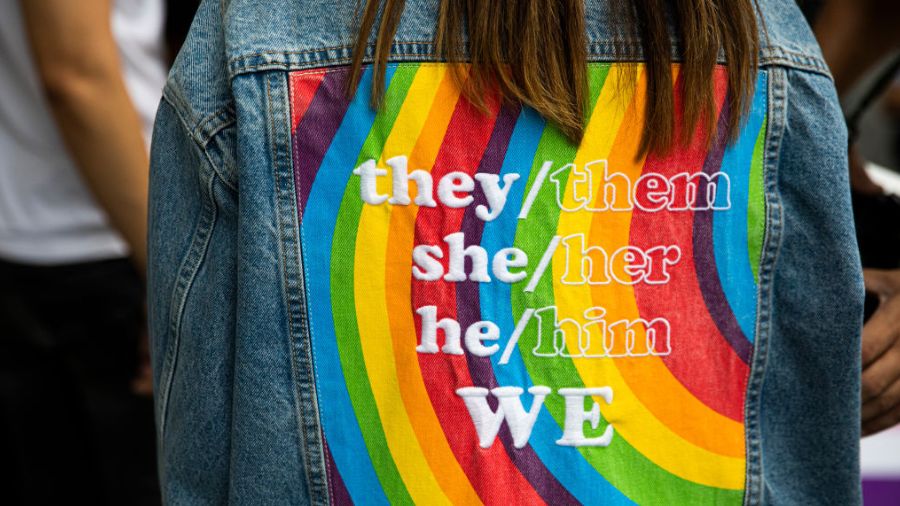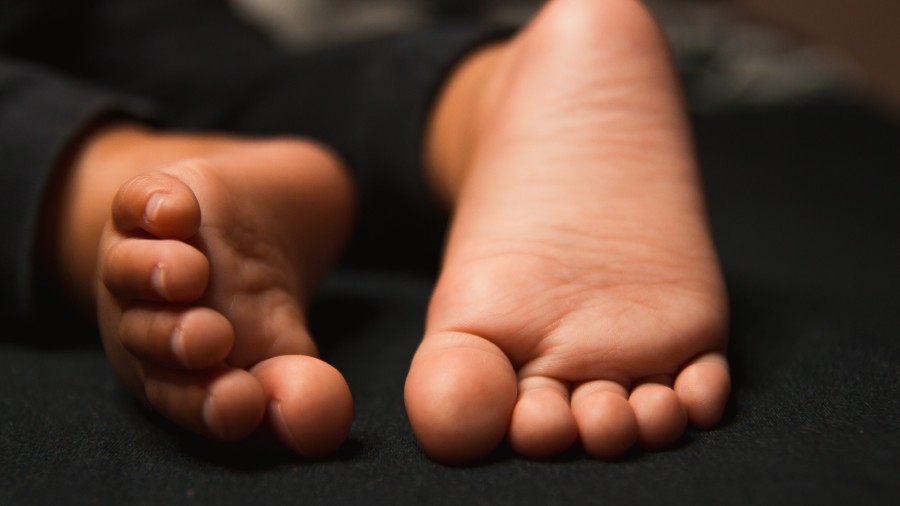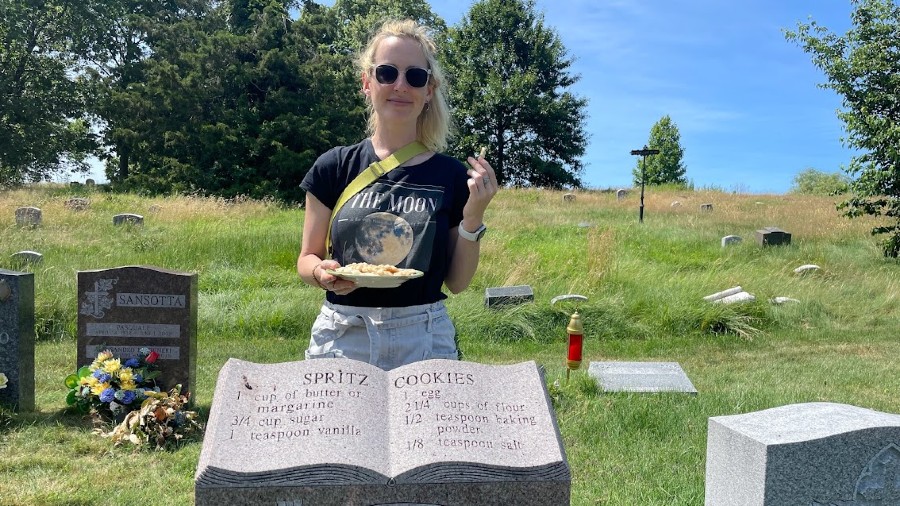New study shows female physicians are paid $20,000 to $50,000 less than their male colleagues
Jul 20, 2016, 6:10 PM | Updated: 6:18 pm

Dr Vaneet Arora wrote an editorial responding to this new study.
I think by now everyone knows about the gender pay gap, that women typically make 79 cents for every dollar a man earns; 21% less for doing the same exact job. That statistic comes from the Bureau of Labor Statistics and the Census Bureau.
Among academic doctors this gap is particularly wide, according to a new study published in JAMA Internal Medicine.
“They noticed a $50,000 pay gap between male and female academic physicians,” says Dr. Vineet Arora, an assistant professor at the University of Chicago. “However, whenever you see a finding like this you try and make it go away. So they tried to explain it by controlling for a number of factors, thinking maybe men see more patients or men have more clinical trials or maybe they’re of higher rank or they’re older age. So they tried to account for all of those things and they were still left, at the end of the day, after controlling for all of that, with a $20,000 difference in pay between male and female academic physicians that could not be explained.”
Dr. Arora wrote an editorial following the release of these findings. She says the widest pay gaps occur in the surgical branch.
“There’s more ingrained male dominated culture in these surgical fields. When I was in medical school, they still did not have a woman faculty in the department of surgery. That wasn’t that long ago, the late 1990’s. So I think there may be a concern for more bias against women in those fields.”
The study’s authors looked at 24 public medical schools, including the University of Washington, where salaries are transparent and public.
So why are female doctors being paid far less for doing the exact same job?
“Partly because women don’t negotiate and so there’s that stereotype threat, like, oh, if I negotiate I’ll be perceived as aggressive and I don’t want to fit into that role. So I think there’s a well documented tendency for women to not negotiate their first job. That would explain why they started out lower, but the point is there was never a chance to correct.”
Dr. Arora’s other theory is that doctors often only get raises when they threaten to take another job, and the raise comes as a part of a counteroffer. But she says it’s often men receiving these counteroffers, because women with families or women who have a spouse with a high paying job aren’t willing to relocate as often as men are.
Her solution to evening out the pay gap? Reward people for staying before they threaten to leave.
Dr. Arora thinks this study should be used as a tool for women who don’t know what their male colleagues make, to start a conversation about pay gap with their superiors.
“I can point at this study and say, ‘I think you should take a look at what I make and try to benchmark it against my performance and how I’ve done against how other men have done in the same area and see whether I’m off my mark or whether I’m actually being rewarded at the right rate.’ I hope it inspires a lot of discussion, not just in the medical field, which is needed, but also outside of the medical field.”
She thinks we can learn a lot about fixing the gender pay gap from a couple of positive discoveries in the study. For one, radiologists do not experience a gender pay gap. What are they doing that’s working so well?
“Two institutions in this study did not have a pay gap between men and women. I think people are dying to know, what’s going on in those places? Are they run by women? Do they have a lot of women leaders? How can we capture some of that secret sauce and send it out to other institutions?”
Gender pay gap also varies by state. The smallest gap is in Washington DC where women are paid 90 cents on the dollar and the largest gap is in Alabama where the average women is only paid 65 cents on the dollar.
Washington doesn’t fair especially well. We rank 36th in the country, paying women an average of 77 cents on the dollar.
Follow @https://twitter.com/imrachelbelle













